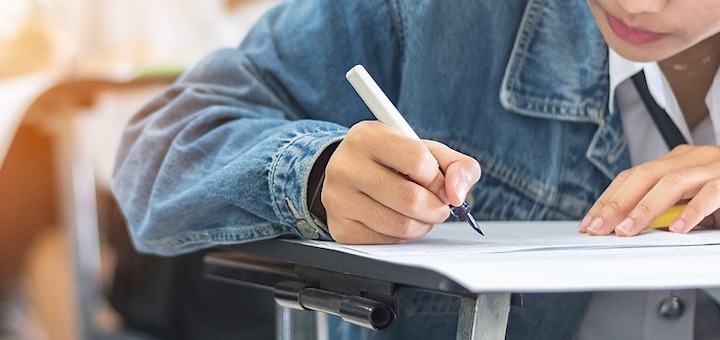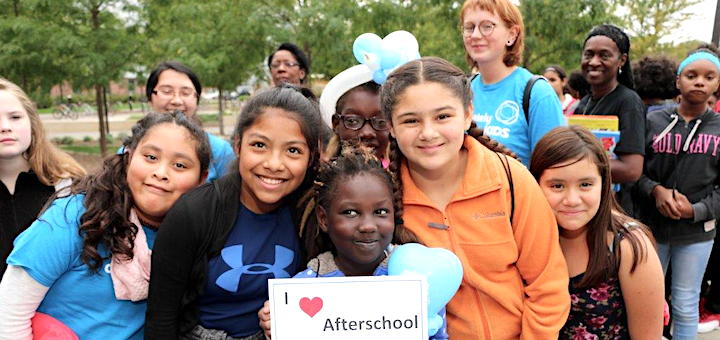5 Adaptable Activities That Really Engage Readers
In the new school year ELA teachers are looking for fresh ideas to encourage students to read closely and think deeply. Here are five adaptable activities from teacher-author and NBCT Marilyn Pryle to add to your toolbox and keep students creatively interacting with texts.


















